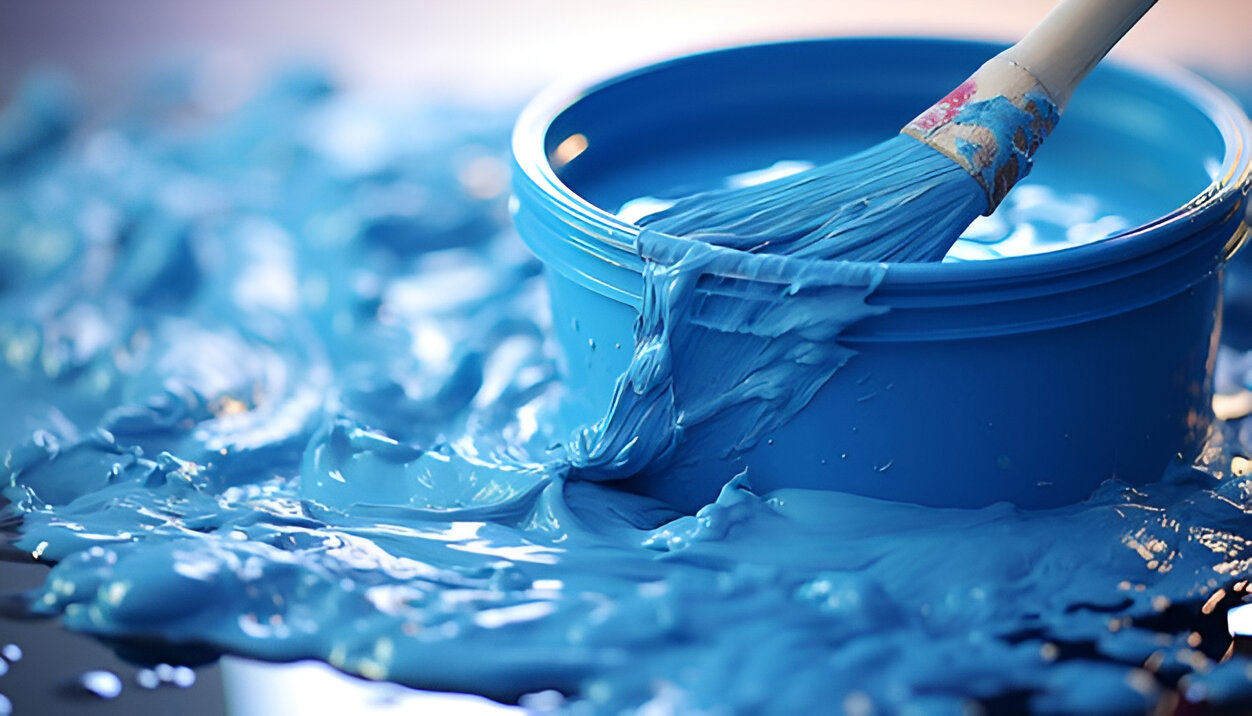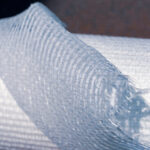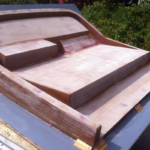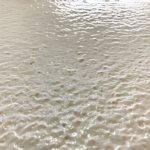Fiberglass resin is a popular material used in various applications, including boat building, automotive repairs, and home renovations. One of the most common questions asked is How Long Does Fiberglass Resin Take to Dry.
The answer to this question depends on several factors, including the type of resin used, the temperature and humidity of the environment, and the thickness of the application.
Generally, fiberglass resin can take anywhere from a few hours to several days to fully dry. The drying time can be affected by the ambient temperature and humidity, with higher temperatures and lower humidity resulting in faster drying times.
Additionally, the type of resin used can also impact the drying time, with some resins designed to dry faster than others. It is important to follow the manufacturer’s instructions when working with fiberglass resin to ensure proper drying times and application techniques.
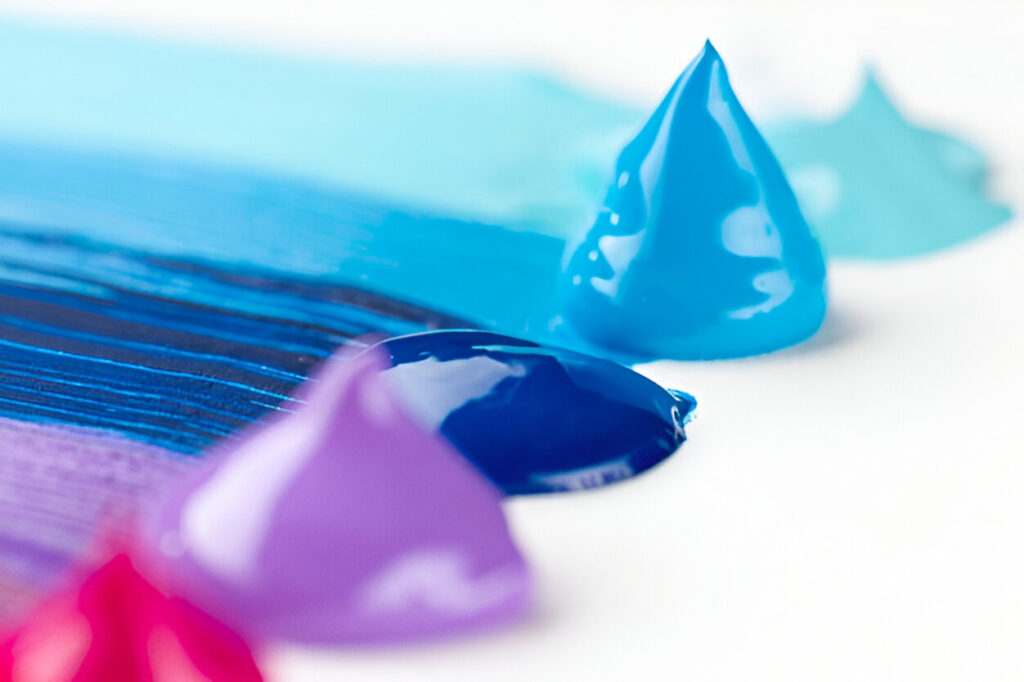
Understanding Fiberglass Resin
Fiberglass resin is a popular material used in a variety of applications, including boat building, automotive repairs, and home renovations. It is a two-part system that consists of a resin and a hardener. When mixed together, the two components chemically react to create a strong, durable material.
The drying time of fiberglass resin can vary depending on several factors, including the temperature and humidity of the environment, the type of resin used, and the amount of hardener added. Generally, it takes about 24 hours for fiberglass resin to fully cure and reach its maximum strength.
It is important to note that fiberglass resin can be sensitive to temperature and humidity changes. If the environment is too cold or too humid, it can significantly slow down the drying process.
Conversely, if the environment is too hot or too dry, it can cause the resin to dry too quickly, which can lead to cracking and other issues.5.
To ensure the best results, it is recommended to follow the manufacturer’s instructions carefully and to work in a well-ventilated area with a temperature range of 60-80°F and a humidity level of 40-60%. Additionally, it is important to wear proper protective gear, such as gloves and a respirator, when working with fiberglass resin.
In summary, fiberglass resin is a versatile material that can provide strong, durable results when used properly. Understanding the factors that can affect its drying time and following proper safety precautions can help ensure successful outcomes for any project.
Factors Affecting Drying Time
Temperature
The temperature of the environment in which fiberglass resin is applied plays a significant role in how quickly it dries. As a general rule, the warmer the temperature, the faster the resin will dry.
This is because higher temperatures speed up the chemical reaction that causes the resin to harden. Conversely, cooler temperatures will slow down the drying process, potentially prolonging the curing time.
Humidity
Humidity also affects the drying time of fiberglass resin. High humidity levels can slow down the drying process, as the moisture in the air can interfere with the chemical reaction that causes the resin to harden.
In contrast, low humidity levels can speed up the drying process, as there is less moisture in the air to interfere with the chemical reaction.
Resin Type
Different types of fiberglass resin have different drying times. Some resins are designed to dry quickly, while others may take longer to cure.
It is important to choose the right type of resin for your project, taking into account factors such as the size of the project, the desired finish, and the environmental conditions in which the resin will be applied.
In summary, the drying time of fiberglass resin is affected by several factors, including temperature, humidity, and resin type. By understanding these factors, you can choose the right resin for your project and create a finished product that meets your needs.
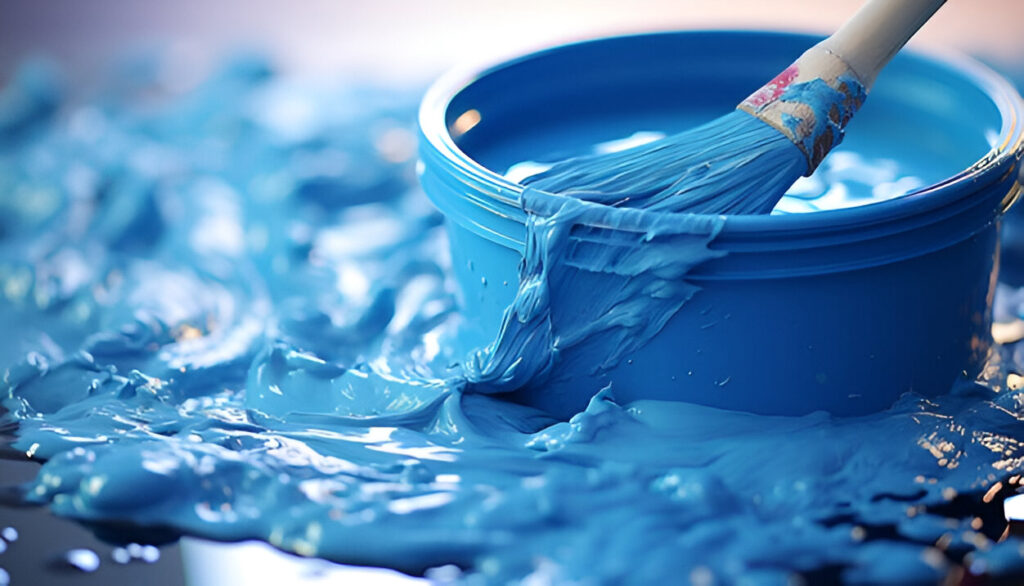
General Drying Time Estimates
Fiberglass resin drying time can vary depending on several factors, including the type of resin, the temperature and humidity of the environment, and the thickness of the application. Generally, fiberglass resin will dry to the touch within several hours of application. However, this does not mean that it is fully cured and ready for use.
For polyester resin, the curing process can take anywhere from 24 to 48 hours. Epoxy resin, on the other hand, can take up to 72 hours to fully cure. It is important to note that curing time can be affected by temperature and humidity.
Higher temperatures and lower humidity can accelerate the curing process, while lower temperatures and higher humidity can slow it down.
To ensure proper curing, it is recommended to wait at least 24 hours before sanding or applying additional layers of resin. It is also important to follow the manufacturer’s instructions for mixing and application, as improper mixing or application can affect the curing time and the overall strength of the finished product.
In summary, fiberglass resin drying time can vary depending on several factors, but generally, it will dry to the touch within several hours of application. For proper curing, it is recommended to wait at least 24 hours and to follow the manufacturer’s instructions for mixing and application.
Accelerating the Drying Process
Fiberglass resin can take several hours to dry, but there are ways to speed up the process. In this section, we will discuss two methods for accelerating the drying process: using catalysts and applying heat.
Using Catalysts
Catalysts are chemical compounds that speed up the chemical reaction that causes the resin to harden. Most fiberglass resins come with a catalyst included, but if you need to speed up the drying process, you can add more catalyst.
However, it is important to be careful when adding catalyst because too much can cause the resin to become brittle and weak.
The amount of catalyst needed depends on the temperature and humidity of the environment. In general, more catalyst is needed in cooler temperatures and lower humidity. It is recommended to consult the manufacturer’s instructions for the specific resin being used.
Applying Heat
Applying heat is another way to accelerate the drying process of fiberglass resin. Heat causes the chemical reaction to occur faster, which means the resin will dry more quickly. There are several ways to apply heat, including using a heat gun, placing the object in a warm room, or using a heat lamp.
It is important to be cautious when applying heat because too much heat can cause the resin to bubble or crack. It is recommended to start with a low heat setting and gradually increase the temperature until the desired drying time is achieved.
In conclusion, using catalysts and applying heat are two methods for accelerating the drying process of fiberglass resin. However, it is important to be cautious and follow the manufacturer’s instructions to ensure the best results.
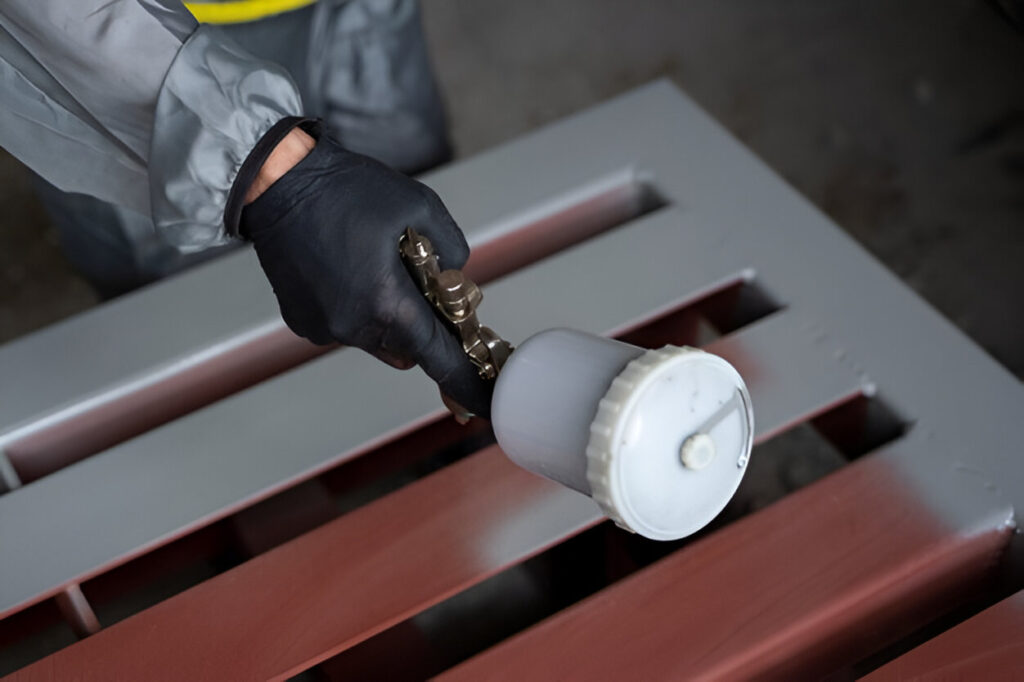
Potential Problems and Solutions
Incomplete Drying
One of the most common problems with fiberglass resin is incomplete drying. This can happen if the resin is not mixed properly or if the temperature and humidity conditions are not ideal. Incomplete drying can result in a tacky surface, which can be frustrating for anyone trying to work with the resin.
To avoid incomplete drying, it is important to follow the manufacturer’s instructions carefully. Make sure to mix the resin thoroughly and apply it in a well-ventilated area.
If the temperature is too low, consider using a heat lamp or placing the project in a warm location to speed up the drying process. If the humidity is too high, use a dehumidifier to reduce the moisture in the air.
Bubbling
Another issue that can arise with fiberglass resin is bubbling. This can happen if air gets trapped in the resin during the application process. Bubbles can be unsightly and can also weaken the strength of the final product.
To avoid bubbling, it is important to work slowly and carefully when applying the resin. Use a roller or brush to spread the resin evenly and remove any air pockets. If bubbles do appear, use a heat gun or torch to carefully heat the surface of the resin and remove the bubbles.
Discoloration
Fiberglass resin can also be prone to discoloration, especially if it is exposed to sunlight or other sources of UV radiation. Discoloration can make the final product look unattractive and can also weaken the strength of the resin.
To avoid discoloration, it is important to use a UV-resistant resin or to apply a protective coating over the resin once it has dried. Keep the project out of direct sunlight and store it in a cool, dry place when not in use.
If discoloration does occur, it may be possible to sand down the surface of the resin and apply a new layer of resin to restore the color and strength of the product.

Safety Precautions When Handling Fiberglass Resin
When working with fiberglass resin, it is important to take certain safety precautions to prevent any harm or injury. Here are a few tips to keep in mind:
- Wear protective gear: Always wear gloves, safety glasses, and a respirator mask to protect your skin, eyes, and lungs from the fumes and chemicals in the resin.
- Work in a well-ventilated area: Fiberglass resin emits strong fumes that can be harmful if inhaled. Make sure to work in a well-ventilated area or use a fume hood to avoid exposure.
- Avoid skin contact: Fiberglass resin can cause skin irritation and allergic reactions. If you do come into contact with the resin, wash the affected area with soap and water immediately.
- Mix the resin properly: Follow the manufacturer’s instructions carefully when mixing the resin. Improper mixing can result in a weak or brittle finished product.
- Dispose of waste properly: Fiberglass resin and its byproducts can be hazardous to the environment. Dispose of any waste materials according to local regulations.
By taking these safety precautions, you can minimize the risks associated with working with fiberglass resin and ensure a safe and successful project.
Conclusion
In conclusion, fiberglass resin drying time can vary depending on several factors such as temperature, humidity, and the type of resin used. Generally, polyester resin takes longer to dry than epoxy resin. It is important to follow the manufacturer’s instructions and recommended ratios for optimal results.
Additionally, it is important to note that the curing time and drying time are not the same. Curing time refers to the time it takes for the resin to fully harden and reach its maximum strength, while drying time refers to the time it takes for the resin to become tack-free and no longer sticky to the touch.
To ensure proper drying and curing, it is recommended to wait at least 24 hours before handling or sanding the fiberglass resin. It is also important to work in a well-ventilated area and wear protective gear such as gloves and a respirator.
Overall, understanding the drying time of fiberglass resin is crucial for achieving a successful and durable fiberglass project. By following the recommended guidelines and taking the necessary precautions, one can achieve optimal results.

